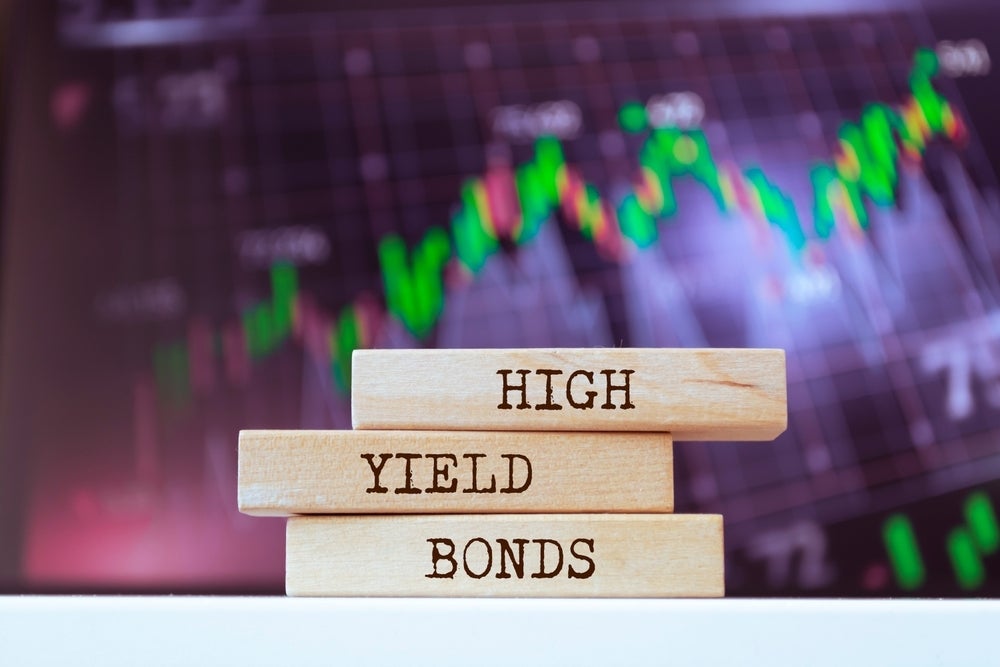Trump May Be ‘Smoking In The Dynamite Shed’ As The Big, Beautiful Bill Drives Bond Yields Higher Trump’s Tax Bill Fuels Bond Yield Surge, Raising Alarms Over Bank Stability – Bank of America (NYSE:BAC), Goldman Sachs Group (NYSE:GS)

Bond yields have accelerated since President Donald Trump‘s sweeping ‘One, Big, Beautiful, Tax Bill’ passed in the Republican-controlled House last week. The 30-year Treasury has climbed above 5%, and the 10-year is nearing 4.5%, signaling investor concerns about ballooning deficits and the long-term risks of U.S. fiscal recklessness.
Yet, according to Lawrence McDonald, founder of the Bear Traps Report, the situation could get much worse.
On Monday, McDonald fired off a blunt warning on X: “They are smoking in the dynamite shed,” he wrote, urging investors to prepare for a world with 5% or even 5.5% yields on 10-year Treasuries.
McDonald also highlighted a policy shift floated by Treasury Secretary Scott Bessent: the possible reduction of the Supplementary Leverage Ratio, a key regulatory capital rule for large banks.
“Bessent’s move toward lowering the SLR… reeks of financial repression,” McDonald said. Loosening the SLR would allow banks to load up on more Treasuries with less capital, possibly papering over demand issues but at the cost of financial stability.
Regional Banks Are More Interest-Rate Sensitive
The surge in yields has created winners and losers within the banking sector—and the divide is stark. In a follow-up comment, McDonald highlighted a striking divergence between large-cap financials and regional lenders.
“Who is wearing the interest rate risk? Who doesn’t have the hedges on? It’s pretty clear.”
The interest-rate risks are once again squarely on the shoulders of banks—especially smaller ones.
The Financial Select Sector SPDR Fund XLF—dominated by financial behemoths like JPMorgan Chase & Co. JPM, Goldman Sachs Group Inc. GS, and Bank of America Corp. BAC—has been up 30% since January 2022.
Meanwhile, the SPDR S&P Regional Banking ETF KRE is down 21%, a gap that McDonald says you’d need to “look far and wide historically to find… outside some kind of crisis.”
McDonald’s comments also echo lessons of the March 2023 banking crisis, when Silicon Valley Bank’s failure exposed the danger of unhedged interest rate exposure. That crisis erupted after SVB sold long-term Treasuries at a loss to raise liquidity, prompting a wave of withdrawals.
The aftermath saw federal regulators step in with extraordinary support measures, including the Bank Term Funding Program.
Steep Yield Curve Lifts Big Banks, Sinks Regionals—Here’s Why
Higher Treasury yields impact banks differently based on their size, funding structures and asset-liability profiles.
As the yield curve steepens, large banks gain from wider net interest margins, stronger trading revenue and diversified income streams.
Since Trump’s election victory in November 2024, the 30-year and 2-year Treasury spread has widened from 30 to 100 basis points, helping boost large-cap financials.
The Financial Select Sector SPDR Fund (XLF) has outperformed the SPDR S&P Regional Banking ETF (KRE) by 20% during the same period.
For regional banks, higher short-term funding costs, long-duration asset losses and weaker hedging strategies are eroding profitability. Many smaller lenders remain exposed to the same vulnerabilities that triggered the 2023 bank failures.
In this environment, a steeper curve is more of a risk signal than a recovery story for America’s regional banking industry.
Chart: Big Banks Crushed Regionals As The Treasury Yield Curve Steepened
Read now:
Photo: Shutterstock



